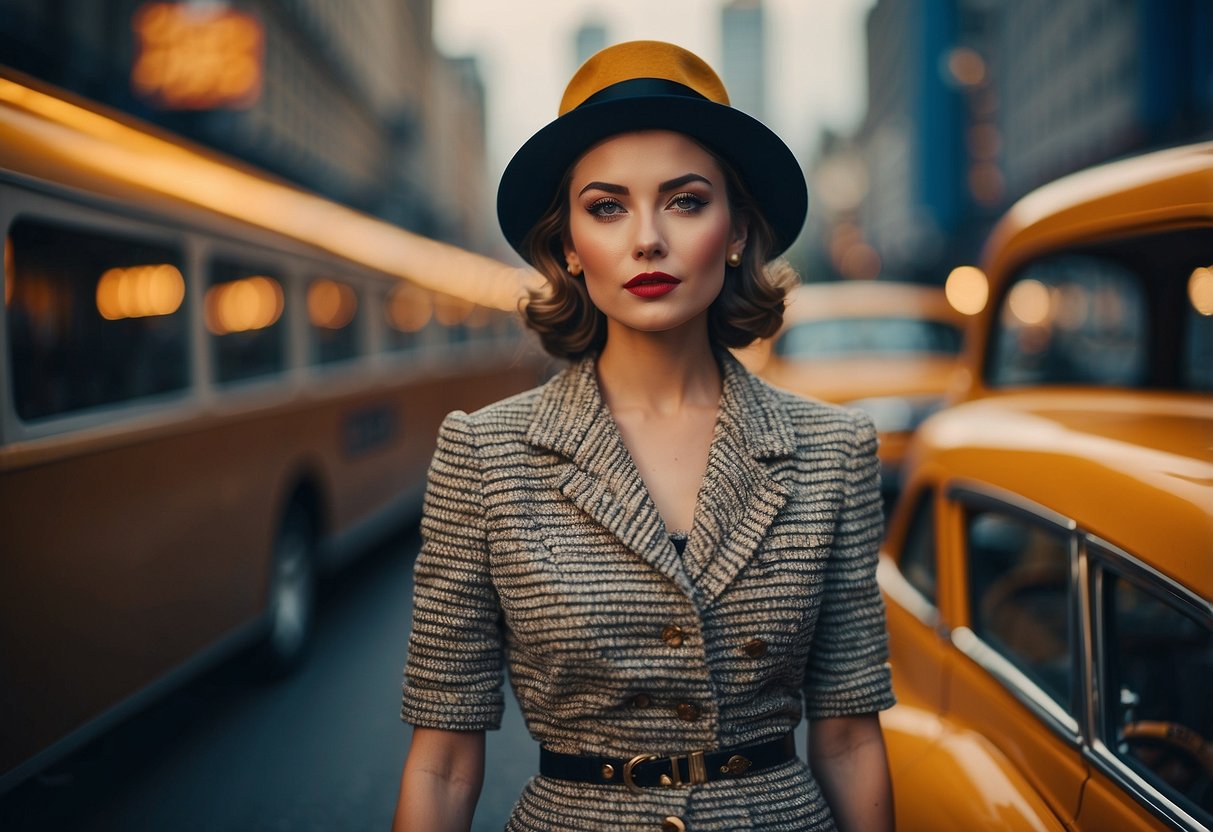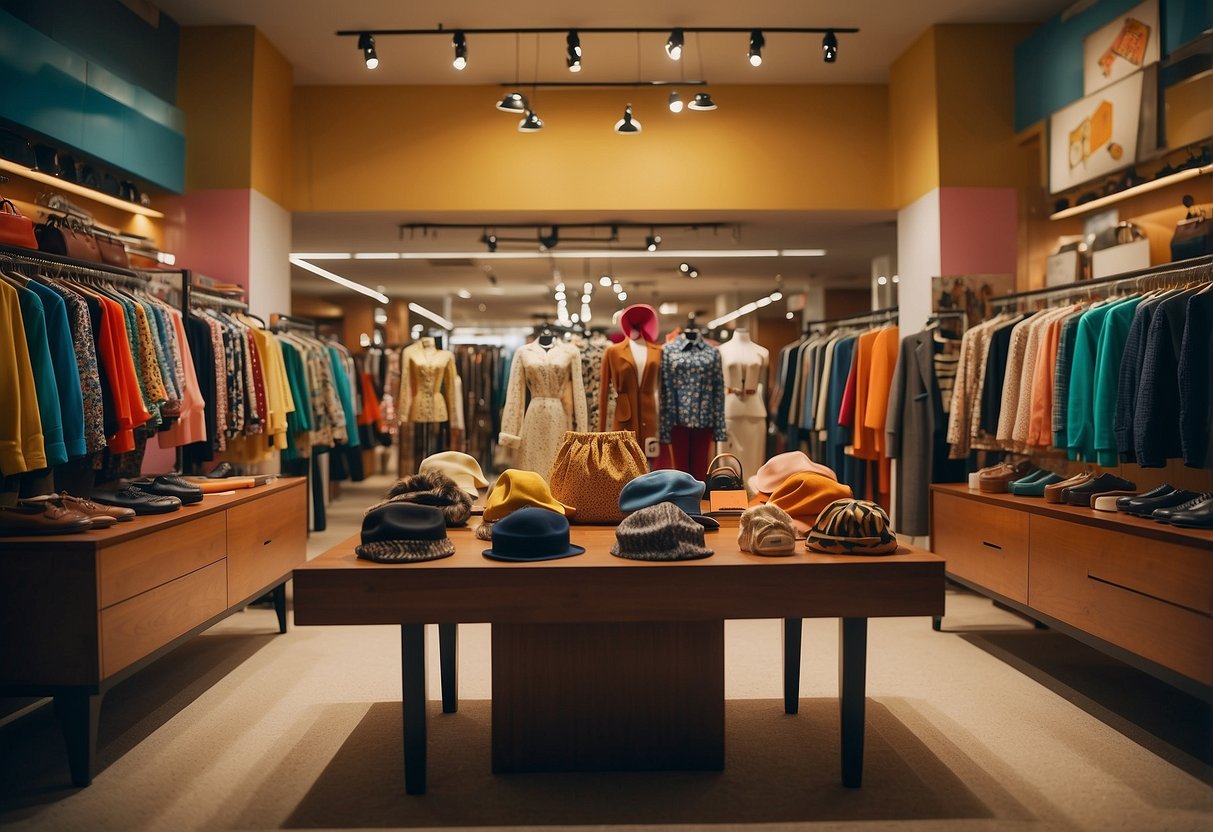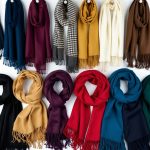
How to Identify True Vintage Items

Recognizing genuine vintage pieces requires knowledge of labels, fabrics, and distinctive features. These elements often provide clues about the era and authenticity of the item.
Labels and Branding
Labels are one of the first things to examine. Vintage clothing often features tags from brands that no longer exist or have changed logos over time. Older labels might use fonts and designs that reflect their periods, giving hints about the item’s age.
It is also common for vintage pieces to have union labels, especially in clothing made in the USA before the 1980s. These labels can be identifiers of authenticity, signifying that the piece was created during a time when union-made clothing was prevalent.
Look out for ‘Made in’ labels which often indicate the country of production, further helping to date the garment. Additionally, the presence of care labels can sometimes date a piece if such labels were mandated by law from specific eras.
Fabric and Construction
The type of fabric used can tell a lot about the authenticity and era of a vintage item. Natural fibers such as cotton, wool, and silk were more commonly used in earlier decades compared to the synthetic materials like polyester and nylon that became popular later.
Examine the stitching closely. Hand-sewn garments or items with intricate stitching methods can often indicate older pieces. The quality of construction is usually higher in true vintage items, with more attention to detail and durable finishes.
Check the seams and hems, as vintage items may feature French seams or pinked seams, methods less common in modern mass-produced clothing. The presence of metal zippers and larger buttons can also be indicators of older garments.
Unique Features and Details
Distinctive details often signal true vintage pieces. Look for unique elements such as unusual buttons, intricate embroidery, or specific design features like padded shoulders or peplums that were characteristic of particular eras.
Vintage costumes and dresses may also include built-in underwear or petticoats, which were common in the 1950s and earlier. The presence of these additional elements often signifies a piece that was crafted in a different time when such details were standard.
Patterns and prints can also be telltale signs. Specific prints, like polka dots or certain florals, can sometimes help date a piece. Likewise, the use of specific colors and combinations might reflect the fashion trends of particular decades.
Curating a Vintage Wardrobe Essentials
Starting a vintage wardrobe can seem daunting, but focusing on a few key items can make it manageable.
Begin with classic pieces such as a little black dress from the 1960s or a tailored blazer from the 1980s. These items are timeless and versatile.
Integrate statement accessories like brooches, scarves, and handbags. These smaller items can add a touch of vintage flair without overwhelming an outfit.
Consider denim. High-waisted jeans from the 1970s or a denim jacket from the 1990s can be easily paired with modern clothes.
Outerwear is another essential category. A vintage trench coat or wool coat can elevate any look and provide warmth and style.
Shoes make a significant impact. Look for vintage boots, loafers, or heels. These can serve as conversation pieces and add character.
Patterns and prints from past decades, such as polka dots or paisley, can add visual interest and a retro vibe.
Finally, seek out vintage basics like t-shirts, sweaters, and skirts. These can be mixed and matched with contemporary pieces.
Keep the palette versatile to ensure mixing and matching is seamless and stress-free.
Integrating Vintage into Modern Outfits
Mixing vintage pieces with modern attire can create a unique and stylish look. Selecting one statement vintage item and anchoring it with contemporary basics is an effective method. For example, pairing a 70s floral blouse with high-waisted jeans creates a balanced outfit.
It’s important to ensure that vintage items fit well. Tailoring may be necessary to achieve a polished appearance. A well-fitted vintage blazer can elevate a simple T-shirt and jeans ensemble.
Accessorizing with vintage items adds character to modern outfits. Vintage scarves, jewelry, and handbags can transform a plain dress into something special. He recommends incorporating one or two vintage accessories to avoid overwhelming the look.
Color coordination is key when mixing vintage and modern pieces. Sticking to a cohesive color palette helps in blending different eras. For instance, matching a retro mustard skirt with a modern white blouse and neutral shoes can create a cohesive look.
Layering vintage and modern clothing can be effective. A vintage cardigan over a contemporary dress or a modern jacket with a vintage dress adds depth. Layering allows for versatility and adaptability to different occasions.
Vintage footwear can seamlessly integrate into modern wardrobes. Wearing vintage heels with contemporary outfits adds a touch of sophistication. Conversely, vintage sneakers can bring a nostalgic flair to casual attire.
Experimenting with textures and fabrics can enhance the blending of vintage and modern styles. Combining velvet, lace, or brocade vintage pieces with cotton or denim modern items creates a rich, tactile outfit. This blend of textures contributes to a visually interesting look.



